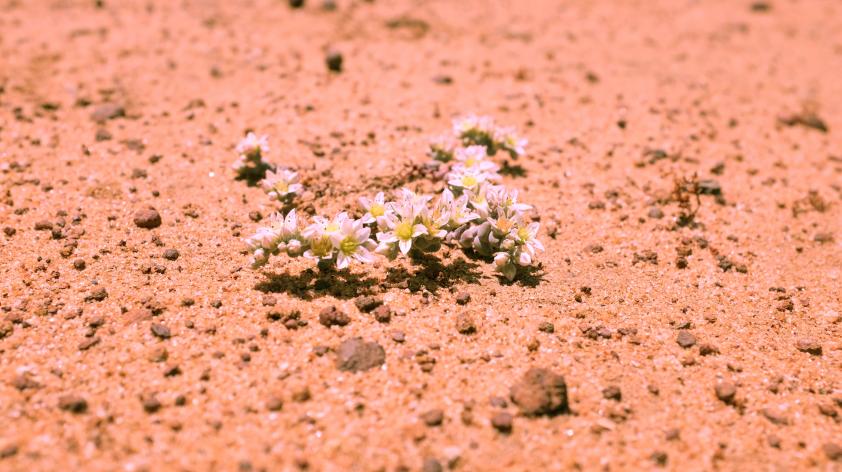
Seed Bulking For Conservation
One way we’re working to conserve our rare plant populations is through seed bulking, also known as seed increase. Simply put, this is collecting seeds from a target wild population of plants and growing these seeds in a controlled nursery setting. This collection of nursery plants is known as an ex-situ (off-site) collection. Once the plants grow, flower and produce seeds, we can then harvest their seed for use in research, restoration projects, or wild population augmentation. One seed from the wild can grow into a plant that produces thousands of seeds under ideal conditions. We can potentially produce hundreds of thousands of seeds in this way. There are potential pitfalls to consider when seed bulking, which I’ll discuss, but this can be a simple way we can help secure a species.
When seed bulking, we must avoid influencing the genetics of our ex-situ collection. When we collect seeds from a wild population, we separate seeds by maternal lines. Think of each plant as a mother, and the seeds she produces as her children. The seeds from a single mother are collected and kept separate from seeds of different mothers. We try to collect seeds from at least 50 different mothers, at random, throughout the entire population. Our seed collections usually contain seed from 100-200 mothers, but that’s not always possible. We harvest seeds from small mothers and large mothers. We avoid choosing only “pretty” mothers. We try to be as unbiased as possible. Small or “ugly” mothers might have genetic traits that are important for a population to resist disease, or combat drought. We should not be deciding what genetic information is saved; we want to save all the genetic information.
We then separate an equal number of seeds from the different mothers to grow in our ideal conditions. While we may want to encourage the cross-pollination of individuals within our ex-situ population, we avoid introducing genetic information (pollen) from individuals outside of our population. We must be sure there are no wild individuals growing nearby, and at any given time, we only grow one ex-situ population of a species in a location. Wild populations might have been genetically isolated for many hundreds or thousands of years. It is possible that they have been naturally selected to survive in very specific conditions, with specific soil chemistry, climate, or pests. Unless genetic research informs us otherwise, we keep the genetics of different wild populations separate.
Earlier this year, we received seeds from a very imperiled population of Dudleya brevifolia. This tiny succulent only exists in 5 populations on Earth. One of these populations is very small, and threatened by trampling and invasive weeds. We were very successful in germinating these seeds, and many went on to flower and produce seeds of their own. We had more plants blooming in our ex-situ population than bloomed in the wild population! Furthermore, these plants are perennials, re-sprouting from corms each spring. This ex-situ population can produce seeds year after year. Seeds collected from this population can be used to augment the imperiled wild population, stabilizing it and ensuring it does not go extinct.
We will be seed bulking 4 different rare plant species in the coming year for some very exciting restoration projects. Next month I’ll discuss these species and projects in greater depth. To read more about other species we’ve been conserving, click the link below!
http://institute.sandiegozoo.org/science-blog/by-author/6187













